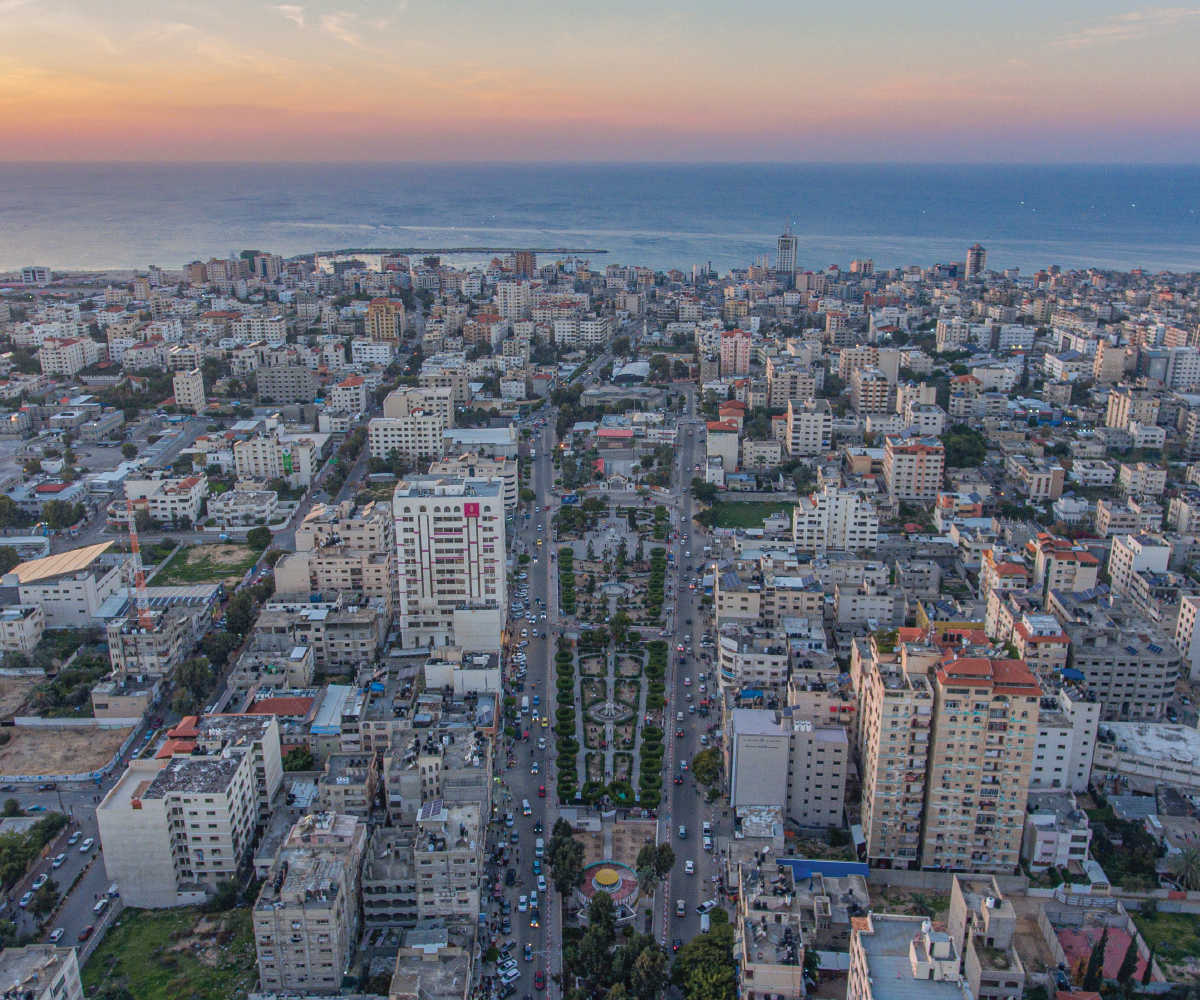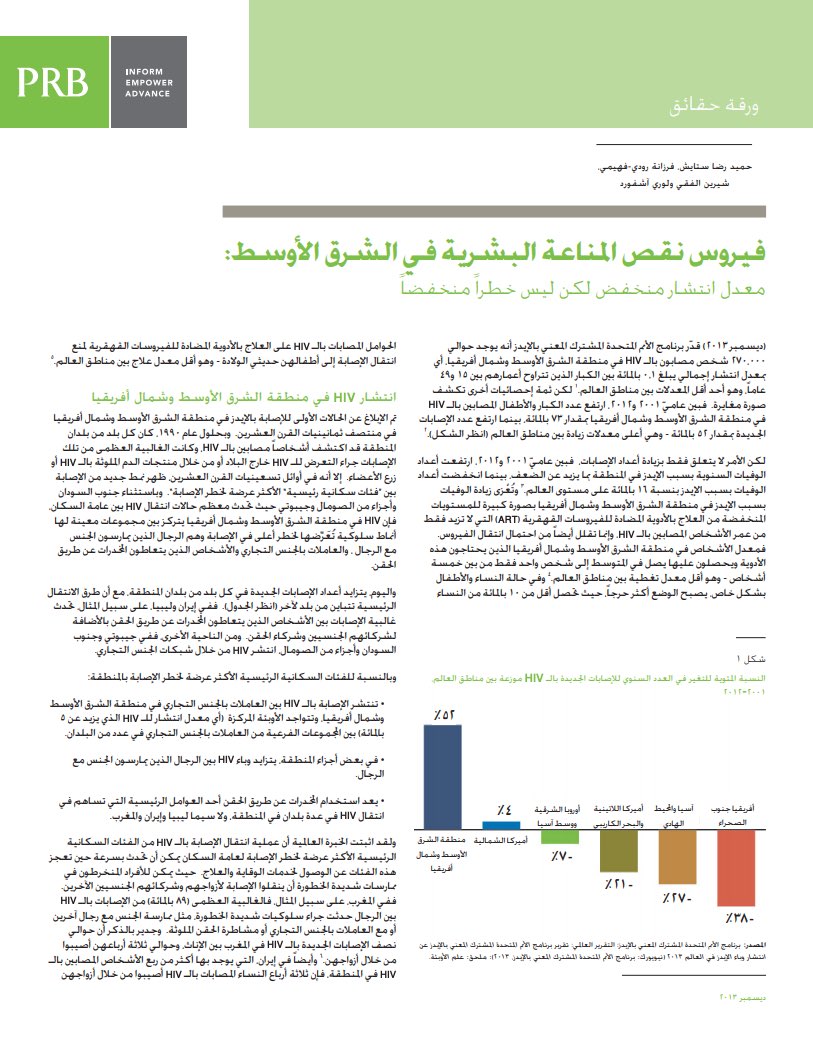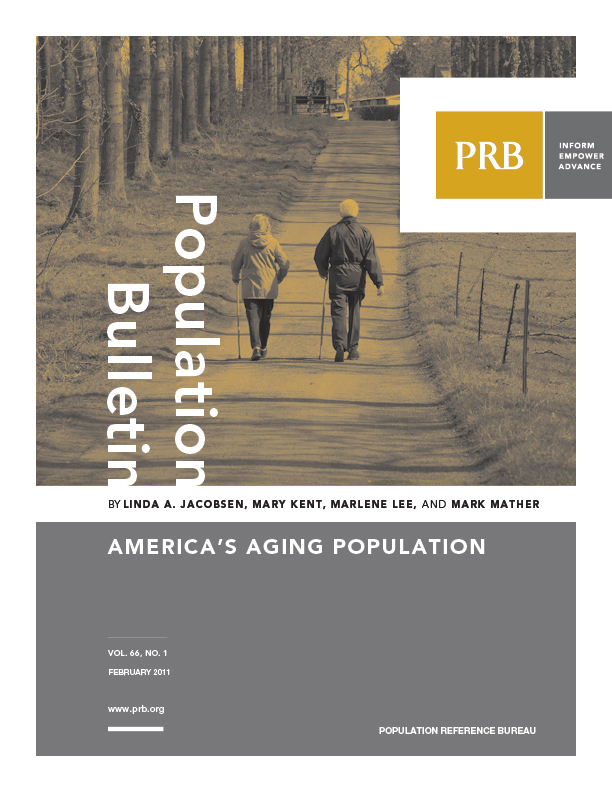The West Bank and Gaza: A Population Profile
What do data tell us about the people who live in Gaza and the West Bank?

What do data tell us about the people who live in Gaza and the West Bank?
(Octobre 2012) La malnutrition contribue à 2,6 millions de décès d'enfants chaque année dans le monde, soit plus d'un décès sur trois de l’ensemble des décès infantiles.
(2003) Poor access to health facilities and low-quality health care delivery may be among the reasons that Zambia is facing increasing levels of maternal deaths.
(2002) The past century witnessed a revolution in health care, yet millions of women still endure the risks of pregnancy and childbirth under conditions virtually unchanged over time. Maternal complications take a serious toll on women.
(December 2002) Despite major gains in child survival in the last 25 years, more than 10 million children around the world die each year before age 5, often from diseases and conditions that are preventable or easily treated.
(2010) Over the past several decades, Latinos have made up an increasing share of the U.S. population.
In February 2007, the Intergovernmental Panel on Climate Change (IPCC), a panel of international experts assessing the current scientific knowledge on climate asserted that warming of the earth's climate system is "unequivocal."1

(2013) UNAIDS has estimated that around 270,000 people are living with HIV in the Middle East and North Africa (MENA) region, an overall HIV prevalence of 0.1 percent among adults ages 15 to 49, and one of the lowest rates among world regions.

Population Bulletin, Vol. 66, No. 1: In 2011, the oldest baby boomers—Americans born between 1946 and 1964—will start to turn 65.
Project: Center for Public Information on Population Research (CPIPR)
(2014) Poor sleep is often considered an individual problem, but it's also a public health issue.